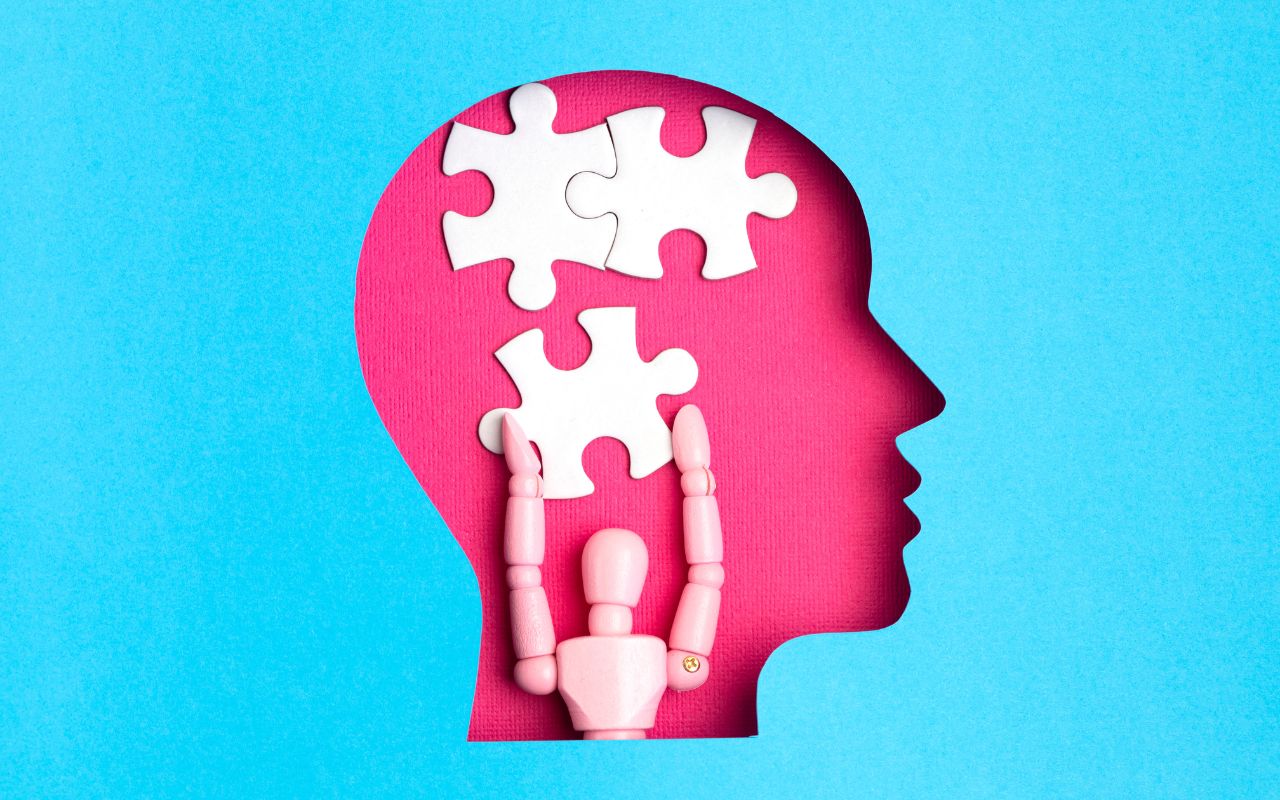In today’s fast-paced and often stressful world, mental health has become a significant concern for many individuals. Cognitive restructuring, a powerful therapeutic technique within cognitive behavioral therapy (CBT), offers a pathway to greater mental resilience by helping individuals challenge and change maladaptive thinking patterns. This article delves into the intricacies of cognitive restructuring, exploring its mechanisms, applications, and benefits while providing practical insights into its implementation.
Cognitive restructuring is a process aimed at identifying, challenging, and modifying distorted cognitive patterns—those automatic, negative thoughts that contribute to emotional distress and maladaptive behavior. The foundation of this technique lies in the premise that thoughts influence emotions and behaviors, and by altering these thoughts, one can achieve emotional well-being and better life outcomes. This therapeutic approach has proven effective in treating a variety of psychiatric conditions, including depression, anxiety disorders, substance abuse disorders, and eating disorders, making it a versatile tool in mental health treatment.
Understanding Cognitive Restructuring
At its core, cognitive restructuring involves a systematic approach to re-evaluating and changing negative thoughts. The process can be broken down into several key steps:
- Identify Negative Thoughts: The initial step in cognitive restructuring is to become aware of negative, automatic thoughts as they occur. These thoughts are typically immediate and involuntary, often arising in response to specific situations or triggers. Individuals can understand the patterns underlying their emotional reactions by identifying these thoughts.
- Challenge the Thoughts: Once negative thoughts are identified, the next step is to evaluate them critically. This involves questioning their validity and examining the evidence that supports or refutes them. Techniques such as Socratic questioning—a method of probing and examining beliefs through thoughtful dialogue—can be particularly effective in this phase. For instance, a person might ask themselves, “What is the evidence for and against this thought?” or “Are there alternative explanations for the situation?”
- Develop Balanced Thoughts: After challenging the negative thoughts, the goal is to replace them with more balanced and realistic alternatives. These new thoughts should be grounded in evidence and offer a more constructive perspective. The aim is not to adopt overly positive or unrealistic thoughts but rather to develop a more accurate and helpful way of thinking.
- Implement and Practice: Cognitive restructuring is an ongoing process that requires practice and implementation. Individuals are encouraged to apply the technique in various situations and to challenge and reframe their thoughts persistently. Over time, this practice can lead to more adaptive cognitive patterns and improved emotional regulation.
Practical Applications of Cognitive Restructuring
Cognitive restructuring is a versatile technique that can be applied in various contexts. Below are some examples of how it can address specific psychological conditions and everyday challenges.
Depression
Depression is often characterized by pervasive negative thoughts about oneself, the world, and the future. Cognitive restructuring can help individuals with depression by challenging these depressive thoughts and replacing them with more balanced perspectives. For example, someone who believes “I am worthless and incapable of anything” can learn to recognize this as an irrational thought and counter it with evidence of past achievements and capabilities. This process can significantly reduce the intensity of depressive symptoms and promote a more hopeful outlook.
Anxiety Disorders
Individuals with anxiety disorders frequently experience catastrophic thinking—exaggerated negative thoughts about potential future events. Cognitive restructuring helps by challenging these anxious thoughts and de-catastrophizing the situation. For instance, someone with social anxiety might fear that they will be humiliated in social settings. They can examine the likelihood of this outcome through cognitive restructuring and develop a more realistic assessment, such as “While I might make a mistake, it is unlikely to result in humiliation, and I can handle it if it occurs.”
Substance Abuse Disorders
Cognitive restructuring is also valuable in treating substance abuse disorders. Negative thoughts and beliefs about oneself and one’s ability to cope with stress can contribute to substance use as a maladaptive coping mechanism. By challenging these thoughts and developing healthier ways of thinking, individuals can reduce their reliance on substances and build more effective coping strategies.
Eating Disorders
Cognitive restructuring has been effectively used in the treatment of eating disorders, where distorted thoughts about body image and self-worth are prevalent. Individuals can learn to challenge unrealistic beliefs about their bodies and develop a more positive and realistic self-image. For example, a person with bulimia might restructure the thought “I am disgusting because I overeat” to “I am struggling with a difficult issue, but it does not define my worth as a person.”
Everyday Stress Management
Beyond clinical settings, cognitive restructuring is a valuable tool for managing everyday stress. By challenging and reframing negative thoughts, individuals can reduce the impact of stressors and approach challenges with a more constructive mindset. This can lead to greater emotional resilience and an improved ability to navigate life’s ups and downs.
Cognitive Restructuring Techniques
Several techniques can be employed to facilitate cognitive restructuring. These include Socratic questioning, thought records, mindfulness, and behavioral experiments.
Socratic Questioning
As mentioned earlier, Socratic questioning involves a structured, systematic approach to examining beliefs. This technique encourages individuals to explore different perspectives and to scrutinize the evidence supporting their thoughts. Questions such as “What is the worst that could happen?” and “How would I cope if the worst happened?” can help individuals de-escalate irrational fears and develop more balanced thoughts.
Thought Records
Thought records are a practical tool for documenting negative thoughts and the process of cognitive restructuring. Individuals are encouraged to write down their negative thoughts, the evidence supporting and refuting these thoughts, and more balanced alternatives. This practice helps in the immediate restructuring of thoughts and serves as a valuable reference for tracking progress over time.
Mindfulness
Mindfulness practices, such as meditation and deep breathing, can complement cognitive restructuring by helping individuals become more aware of their thoughts and emotions. Mindfulness encourages nonjudgmental observation of thoughts, which can facilitate the identification and restructuring of negative thought patterns. By cultivating a mindful approach, individuals can create a mental space to critically evaluate their thoughts rather than reacting impulsively.
Behavioral Experiments
Behavioral experiments involve testing the validity of negative thoughts through real-world experiences. For example, a person who fears public speaking might conduct a behavioral experiment by presenting to a small group and observing the outcomes. This practice can provide concrete evidence to challenge and modify irrational beliefs, reinforcing more balanced thinking.
Benefits of Cognitive Restructuring
The benefits of cognitive restructuring are far-reaching, impacting various aspects of mental and emotional well-being.
Improved Emotional Regulation
By challenging and changing negative thoughts, cognitive restructuring helps individuals to regulate their emotions more effectively. This can lead to reduced symptoms of anxiety, depression, and other emotional disturbances, promoting a more stable and positive emotional state.
Enhanced Problem-Solving Skills
Through the critical evaluation of thoughts, individuals can develop better problem-solving skills. Cognitive restructuring encourages a more analytical and evidence-based approach to challenges, which can lead to more effective solutions and decision-making.
Greater Self-Awareness
The process of identifying and challenging thoughts fosters greater self-awareness. Individuals become more attuned to their cognitive patterns and recognize when they engage in distorted thinking. This self-awareness is a crucial step toward personal growth and improvement.
Increased Resilience
By learning to reframe negative thoughts, individuals build mental resilience, enabling them to cope more effectively with stress and adversity. This resilience can improve overall mental health and enhance one’s ability to thrive in various domains.
Implementing Cognitive Restructuring in Everyday Life
While a therapist often guides cognitive restructuring, individuals can practice and implement these techniques independently. Here are some practical tips for incorporating cognitive restructuring into daily life:
Keep a Thought Journal
Maintaining a thought journal can help individuals track their thoughts and the process of cognitive restructuring. Individuals can reinforce positive cognitive patterns and monitor their progress by regularly documenting negative thoughts and their restructured alternatives.
Practice Regular Mindfulness
Incorporating mindfulness practices into daily routines can enhance cognitive restructuring efforts. Mindfulness helps individuals become more aware of their thoughts and provides the mental space to challenge and reframe negative thinking.
Set Realistic Goals
When practicing cognitive restructuring, it is important to set realistic and achievable goals. Start with small, manageable changes in thinking and gradually work toward more significant cognitive shifts. This approach can prevent feelings of overwhelm and promote sustained progress.
Seek Support
While cognitive restructuring can be practiced independently, seeking support from a therapist or support group can enhance its effectiveness. Professional guidance can provide additional insights and techniques; a supportive community can offer encouragement and accountability.
Be Patient and Persistent
Cognitive restructuring is an ongoing process that requires patience and persistence. It may take time to see significant changes, but consistent practice can lead to lasting improvements in mental health and well-being. Celebrate small victories along the way and stay committed to the journey of cognitive transformation.
Conclusion
Cognitive restructuring is a powerful and versatile technique that offers a pathway to greater mental resilience and emotional well-being. Individuals can significantly improve various aspects of their lives by identifying, challenging, and modifying negative thoughts, from managing clinical conditions to enhancing everyday functioning. The benefits of cognitive restructuring, including improved emotional regulation, enhanced problem-solving skills, greater self-awareness, and increased resilience, make it a valuable tool in pursuing mental health.
Whether guided by a therapist or practiced independently, cognitive restructuring empowers individuals to take control of their thoughts and, consequently, their lives. Through consistent practice and a commitment to positive change, anyone can harness the power of cognitive restructuring to overcome challenges and achieve a more balanced, fulfilling life.
Consider exploring resources such as the Mayo Clinic and Concordia University for more information on cognitive restructuring and related therapeutic techniques. These sources offer comprehensive insights and practical guidance on implementing cognitive restructuring and other effective mental health strategies.










